- News
- 410 views
- 0 comments
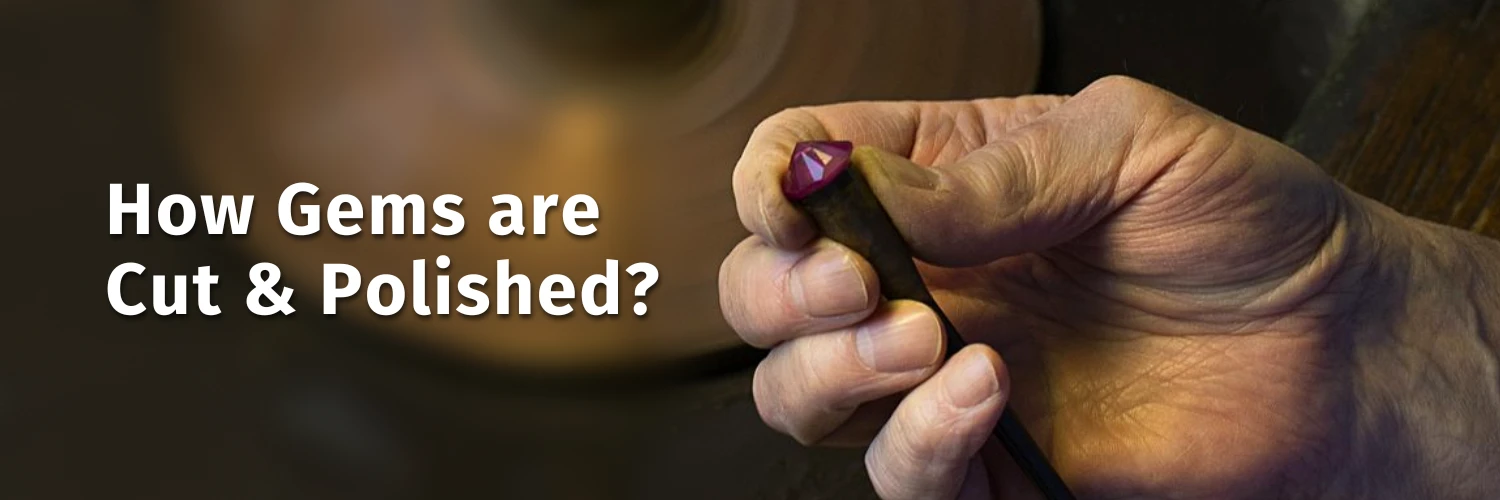
Gemstones are one of the most beautiful natural materials in existence. They come in a variety of shapes, sizes, and colors, and it's no wonder why so many people appreciate them. But how do gemstones go from being rough stones to being the polished, sparkly works of art we know and love? The process of cutting and polishing gems is both an art and a science, and it requires great skill and precision. In this blog post, we'll explore how gems are cut and polished to create the dazzling pieces we know and love. From selecting the perfect shape to polishing the surface, we'll look at the various steps that go into making a gemstone truly special. So, if you've ever wondered how these amazing stones are transformed, keep reading to find out!
THE SCIENCE BEHIND GEMSTONE CUTTING
Gemstone cutting is not just a matter of artistic creativity; it is also deeply rooted in science. The science behind gemstone cutting involves understanding the physical properties of different gem materials, such as their hardness and cleavage. Gem cutters must know the crystal structure of each gemstone to ensure that they cut it in the optimal direction to maximize its brilliance and minimize the risk of damage.
In addition, gem cutters must consider the refractive index and dispersion of the gem material, which determine how light interacts with the stone and how it will sparkle when cut. The angles and proportions of each facet are carefully calculated to optimize the stone's brilliance and fire.
Furthermore, gem cutters utilize various cutting techniques and tools that are designed based on scientific principles. Advanced technologies, such as laser cutting and computer-aided design, have also revolutionized the gem-cutting process, allowing for greater precision and customization.
Understanding the science behind gemstone cutting is essential for achieving the desired outcome. It enables gem cutters to harness the natural beauty of gemstones and transform them into exquisite works of art that captivate and dazzle.
THE TOOLS USED FOR CUTTING AND POLISHING GEMS
Gemstone cutting and polishing is a meticulous process that requires specialized tools and equipment. Here are some of the tools commonly used in the industry:
• LAPIDARY SAW - This saw is used to cut gemstones into rough shapes before further refinement. It uses a diamond-edged blade to slice through the stone.
• DOPPING STICKS - These are used to attach gemstones to a holder called a dop. This allows for better control while shaping and polishing the stone.
• GRINDING WHEELS - These abrasive wheels are used to shape and smooth the gemstone. They come in various sizes and grits, depending on the desired finish.
• FACETING MACHINE - This machine is used to cut and polish the facets of a gemstone. It has a rotating lap that holds the gemstone, and the angles and positions can be adjusted for precise cutting.
• POLISHING COMPOUNDS - These compounds, such as diamond paste or cerium oxide, are used to achieve a high-gloss finish on the gemstone's surface.
• ULTRASONIC CLEANER - This machine uses high-frequency sound waves to remove dirt and debris from gemstones. It is particularly useful for cleaning small and delicate stones.
• LOUPE - A jeweler's loupe is an essential tool for examining and inspecting gemstones up close. It magnifies the stone, allowing for better visibility of its clarity and quality.
These tools, along with the skill and expertise of a gem cutter, play a crucial role in transforming rough gemstones into the dazzling, polished works of art we admire.
THE STEP-BY-STEP PROCESS OF GEMSTONE CUTTING & POLISHING
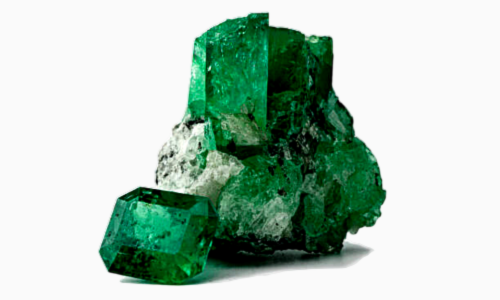 Gemstone cutting is a meticulous and precise process that requires a series of steps to transform rough stones into beautifully cut gemstones. Here is a step-by-step process of how gemstone cutting is typically done:
Gemstone cutting is a meticulous and precise process that requires a series of steps to transform rough stones into beautifully cut gemstones. Here is a step-by-step process of how gemstone cutting is typically done:
1. SELECTION OF ROUGH STONE - Gemstone cutting begins with selecting the right rough stone. Gem cutters carefully examine each stone, looking for its shape, size, and potential for yielding a high-quality gem. They consider the stone's natural inclusions, color, and clarity to determine the best way to cut and shape it.
2. MARKING AND PLANNING - Once the rough stone is selected, the gem cutter examines it from different angles to identify its natural facets and determine the most suitable way to cut it. They use special markers to draw lines and guidelines on the stone, indicating where the cuts and facets will be made.
3. SAWING - The rough stone is first cut using a lapidary saw equipped with a diamond-edged blade. This initial cutting creates a basic shape, removing any unwanted portions and reducing the stone to a manageable size.
4. SHAPING AND PREFORMING - After sawing, the gemstone undergoes shaping and preforming. This step involves using grinding wheels with different grits to refine the shape of the stone and create a more precise outline. The gem cutter carefully grinds away excess material, shaping the stone according to the desired design.
5. BLOCKING - Once the stone is preformed, it goes through blocking. This step involves attaching the gemstone to a dop stick using a specialized adhesive. The gem cutter holds the dop stick, allowing for better control and manipulation of the stone during the cutting process.
6. FACETING - Faceting is the most intricate and time-consuming step in gemstone cutting. It involves cutting the stone into a series of flat, polished surfaces known as facets. The gem cutter uses a faceting machine, which holds the gemstone in place and rotates it against a grinding wheel. The angles and positions of the grinding wheel and the gemstone are adjusted to create precise facets with optimal light reflection.
7. SMOOTHING AND POLISHING - Once the facets are cut, the gemstone is carefully smoothed and polished to enhance its brilliance. The gem cutter uses progressively finer grinding wheels and polishing compounds to remove any remaining scratches or imperfections on the stone's surface. This process results in a smooth, glossy finish.
8. CLEANING AND FINAL INSPECTION - After the polishing is complete, the gemstone is thoroughly cleaned to remove any debris or polishing residue.
COMMON TYPES OF GEMSTONE CUTS AND THEIR CHARACTERISTICS
Gemstones can be cut into various shapes and styles, each with its own unique characteristics. Here are some of the common types of gemstone cuts and their characteristics: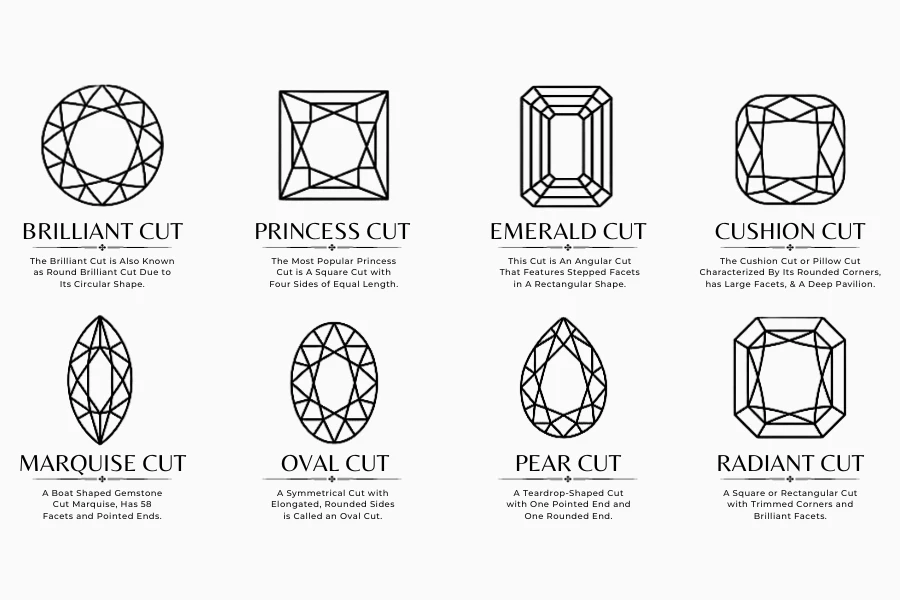
1. ROUND BRILLIANT CUT - The most popular and traditional gemstone cut, known for its circular shape and 58 facets that maximize brilliance and sparkle.
2. PRINCESS CUT - A square or rectangular cut with sharp corners and brilliant facets. This cut is popular for its modern and elegant look.
3. EMERALD CUT - A step cut with rectangular facets that create a unique optical appearance. It emphasizes clarity and depth rather than brilliance.
4. CUSHION CUT - This cut has a square or rectangular shape with rounded corners and larger facets. It showcases the gemstone's color and brilliance.
5. MARQUISE CUT - An elongated cut with pointed ends, resembling a boat or eye shape. It creates the illusion of length and enhances the gemstone's sparkle.
6. OVAL CUT - A symmetrical cut with elongated, rounded sides. It showcases the gemstone's color and brilliance while creating a flattering and elegant look.
7. PEAR CUT - A teardrop-shaped cut with one pointed end and one rounded end. It offers a unique and versatile style, perfect for pendants and earrings.
8. RADIANT CUT - A square or rectangular cut with trimmed corners and brilliant facets. It combines the elegance of an emerald cut with the sparkle of a round brilliant cut.
Each gemstone cut has its own unique characteristics and can enhance the beauty and value of the gemstone. When choosing a gemstone cut, consider your personal style, the gemstone's properties, and the desired overall look.
FACTORS THAT AFFECT GEMSTONE VALUE
• GEMSTONE TYPE - The type of gemstone itself plays a significant role in determining its value. Certain gemstones, such as diamonds, emeralds, and rubies, are highly valued due to their rarity and desirability.
• COLOR - The color of a gemstone greatly affects its value. Gemstones with vibrant and intense colors are considered more valuable than those with pale or dull hues. Additionally, the rarity of certain colors can also impact the gemstone's value.
• CLARITY - The clarity of a gemstone refers to the absence of inclusions or blemishes. Gemstones with higher clarity levels are more valuable because they allow more light to pass through, resulting in enhanced brilliance and sparkle.
• CUT - The cut of a gemstone is crucial in determining its value. A well-cut gemstone maximizes its brilliance, sparkle, and overall visual appeal. The precision and craftsmanship involved in the cut can greatly influence a gemstone's value.
• CARAT WEIGHT - The size of a gemstone, measured in carats, is a significant factor in its value. Generally, larger gemstones are more valuable due to their rarity. However, it's important to note that other factors, such as color and clarity, also play a role in determining a gemstone's value.
• RARITY - The rarity of a gemstone can significantly impact its value. Gemstones that are rare and difficult to find are typically more valuable than those that are more readily available.
• TREATMENTS - Gemstones may undergo treatments to enhance their appearance or durability. The presence of treatments can affect a gemstone's value, with untreated gemstones generally being more valuable.
• MARKET DEMAND - The demand for certain gemstones can fluctuate over time, which can influence their value. Trends, fashion preferences, and market dynamics can all impact the value of gemstones.
It's important to consider these factors when assessing the value of a gemstone. Whether you're buying or selling gemstones, understanding these factors can help you make informed decisions and ensure that you're getting the most value for your investment.
Looking to add a touch of elegance to your jewelry collection? Look no further than Fire Star Gems.com! With our extensive collection of expertly cut gemstones, you'll find the perfect piece to enhance any design. Each gemstone is carefully crafted to bring out its unique brilliance and shine. Whether you're in search of a dazzling diamond or a vibrant sapphire gemstone, we have it all. Browse our collection today and shop expertly cut gemstones that enhance your jewelry collection. Don't miss out on the opportunity to own a true masterpiece of nature.
New Arrivals
Featured Gemstones Collection
Delve into our featured gemstones collection, a symphony of nature's finest and most captivating treasures, awaiting your admiration...
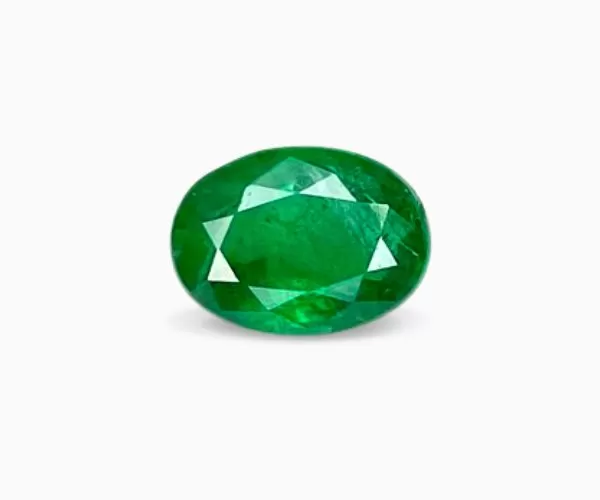
Emerald
Emerald Gemstones, prized for their rich green hue, are a symbol of rebirth and renewal. Their vivid color and timeless allure have adorned jewelry and artifacts for centuries, embodying nature's beauty and captivating the hearts of gem enthusiasts worldwide.
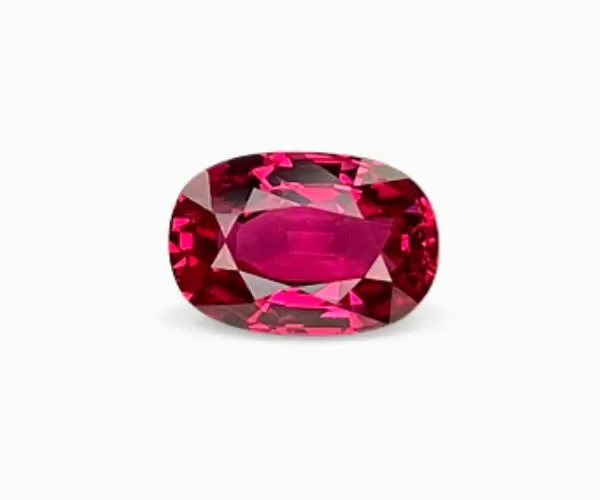
Ruby
Ruby gemstones, with their intense red allure, evoke passion and power. As precious symbols of love and vitality, these gems have adorned the crowns of monarchs and the hearts of individuals, embodying strength and romance in every facet.
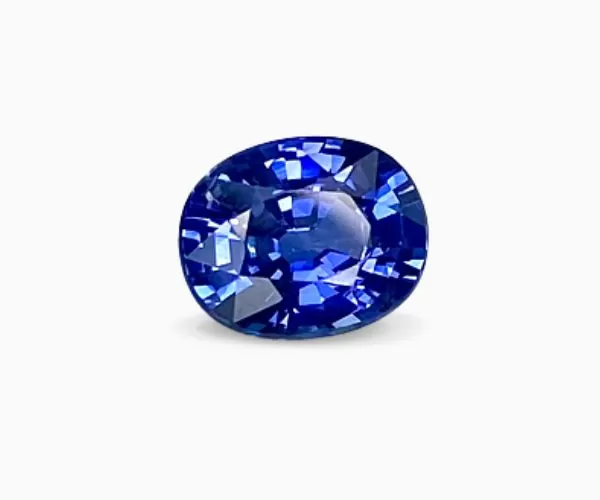
Sapphire
Sapphire gemstones, captivating in their deep blue tones, symbolize wisdom and royalty. Treasured for their elegance, these gems have adorned jewelry throughout history, drawing admiration for their timeless beauty and significance.
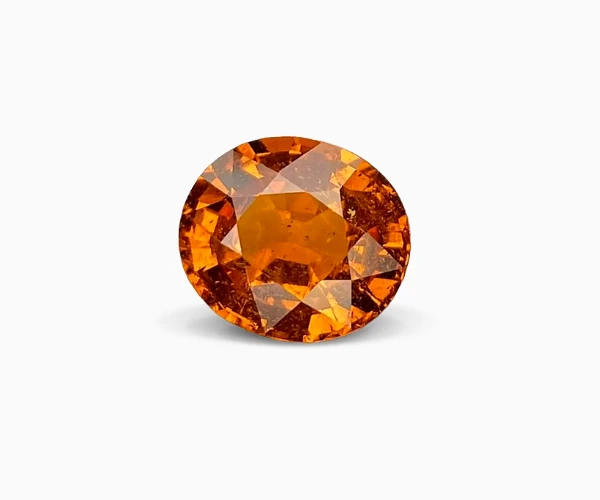
Spessartite Garnet
With its striking orange brilliance and dynamic energy, Spessartite garnet mesmerizes with its vivid vibrancy, emitting a radiant warmth from each facet that adds a touch of enchantment to any piece of jewelry it adorns, making it a truly extraordinary gemstone.
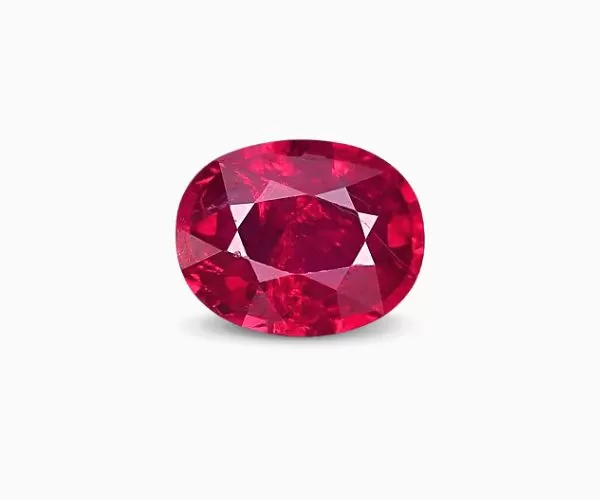
Spinel
Spinel gemstones, coming in various colors, showcase vibrant beauty. Often mistaken for other gems, they have their own charm and history. Adorning jewelry and artifacts, spinels offer a unique and captivating allure.
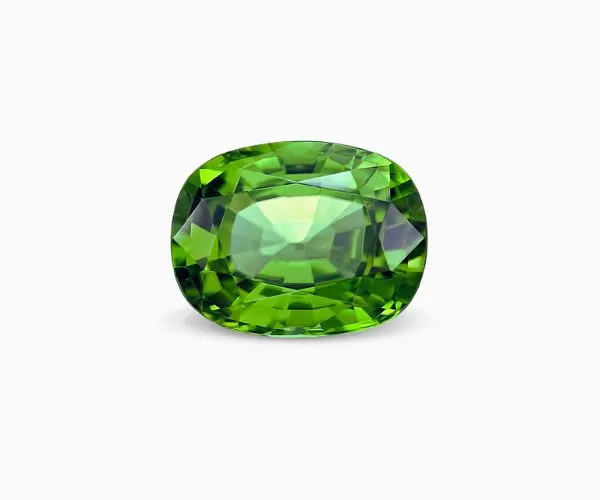
Tsavorite
Tsavorite gemstones, vivid green and rare, epitomize nature's splendor. They symbolize growth and prosperity. Admired for their brilliance, these gems grace jewelry pieces, infusing them with a vibrant and alluring touch of green.
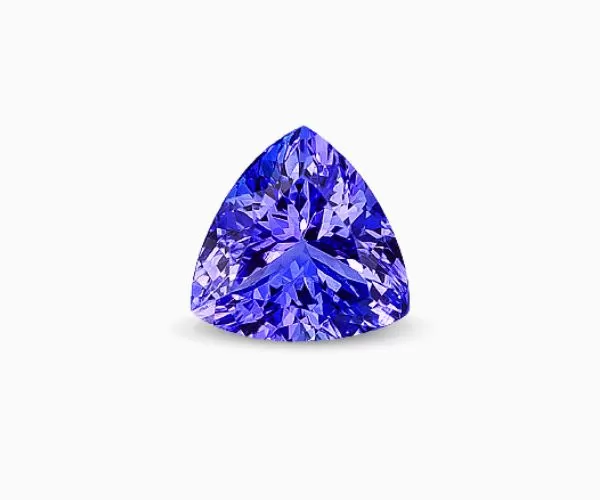
Tanzanite
Tanzanite gemstones, displaying deep blue-purple hues, evoke mystery and elegance. Discovered only in Tanzania, they're cherished for their uniqueness. Adorning jewelry, these gems captivate with their enchanting color and limited origin.
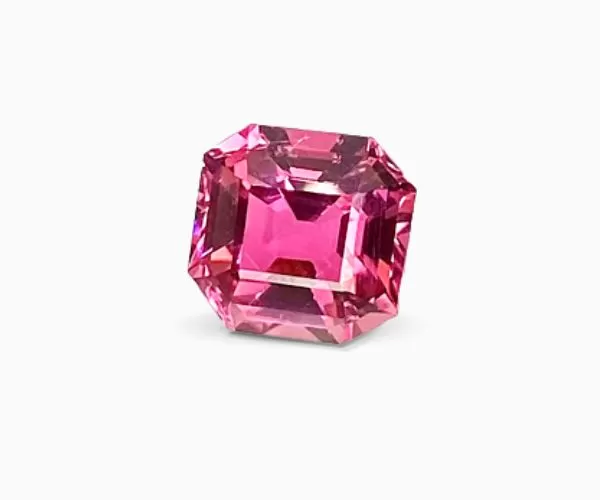
Tourmaline
Tourmaline gemstones, available in a spectrum of colors, embody diversity and creativity. With unique color combinations, they express individuality. Admired for their variety, these gems add a vibrant and personal touch to jewelry designs.
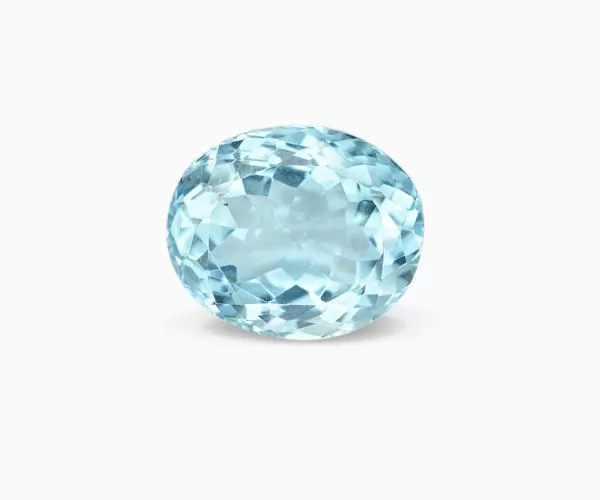
Aquamarine
Aquamarine gemstones, reminiscent of serene ocean hues, symbolize tranquility and courage. Their soft blue shades are captivating and calming. Adorning jewelry, these gems evoke a sense of peaceful beauty and are cherished for their soothing allure.
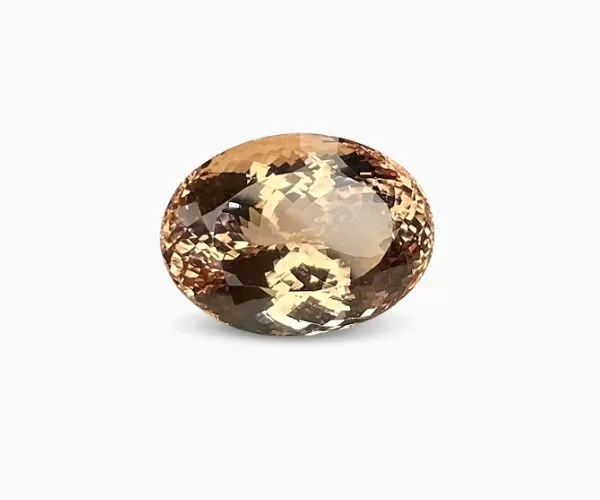
Morganite
Morganite gemstones, with their delicate blush tones, exude romance and tenderness. Their pink hues are charming and elegant. Adorning jewelry, these gems convey a sense of grace and affection, captivating hearts with their gentle allure.
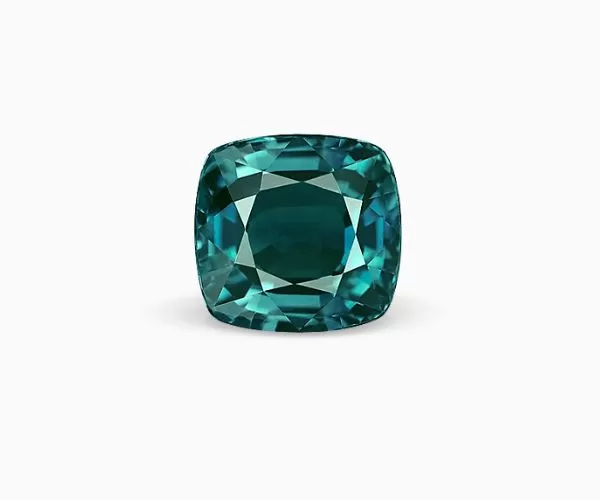
Alexandrite
Alexandrite gemstones, known for their color-changing magic, symbolize duality and change. Shifting from green in daylight to red under incandescent light, they embody uniqueness. Adorning jewelry, these gems intrigue with their captivating and rare qualities.
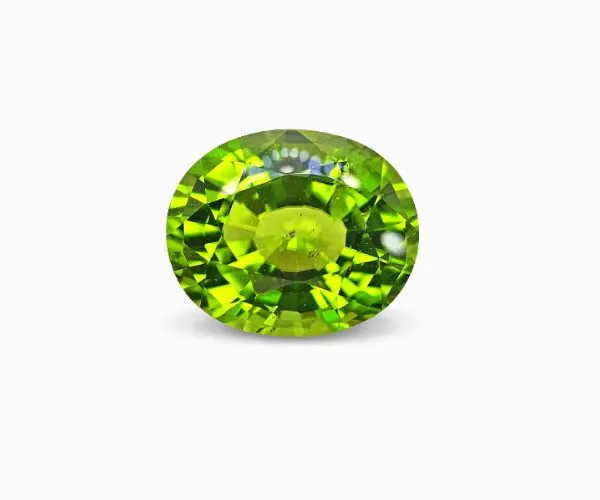
Peridot
Peridot gemstones, with their vibrant green shade, represent renewal and vitality. Their lively color is uplifting. Adorning jewelry, these gems bring a touch of nature's freshness and positive energy, captivating with their rejuvenating allure.
More From our journal
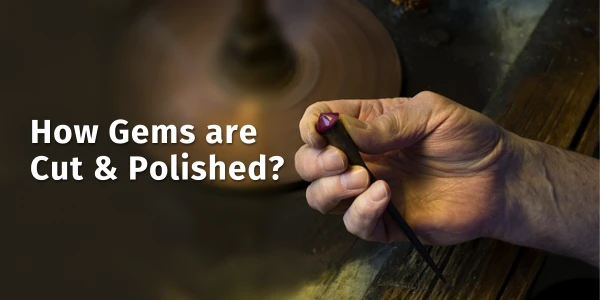
HOW GEMS ARE CUT & POLISHED?
Gemstones are one of the most beautiful natural materials in existence. They come in a variety of shapes, sizes, and colors, and it's no wonder why so many people appreciate them. But how do gemstones go from being rough stones to being the polished, sparkly works of art we know and love? The process of cutting and polishing gems is both an art and a science, and it requires great skill and precision. In this blog post, we'll explore how gems are cut and polished to create the dazzling pieces we know and love. From selecting the perfect shape to polishing the surface, we'll look at the various steps that go into making a gemstone truly special. So, if you've ever wondered how these amazing stones are transformed, keep reading to find out!
Read more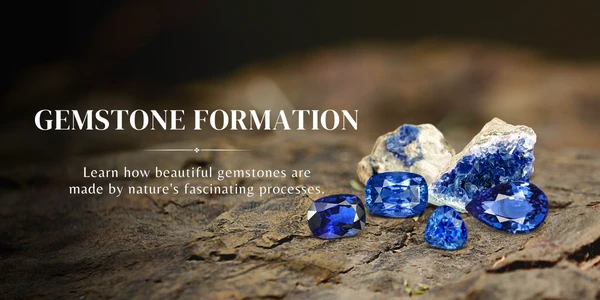
HOW GEMSTONES ARE FORMED?
Gemstones have always held an enchanting allure, with their vivid colors, stunning clarity, and timeless beauty. From the captivating blue of sapphires to the fiery brilliance of diamonds, these precious stones have fascinated humanity for centuries. But have you ever wondered how these mesmerizing gems come into existence? The formation of gemstones is a remarkable journey that takes place deep within the Earth, shaped by the forces of nature over millions of years. In this blog post, we will delve into the extraordinary world of gemstone formation, shedding light on the geological processes, the role of temperature and pressure, and the impact of climate. Join us on a journey to uncover the mysteries behind these natural wonders.
Read more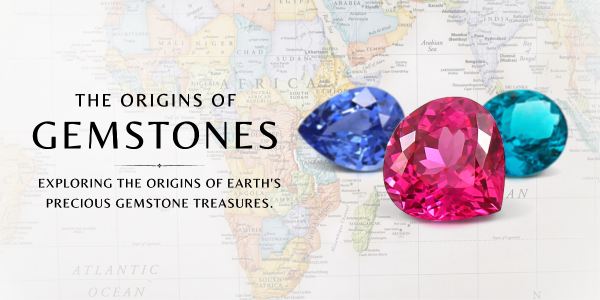
THE ORIGINS OF GEMSTONES
Gemstones, those exquisite natural wonders that adorn our lives with their radiant beauty, have stories as old as our planet itself. Ever wondered where these precious gems come from? Join us on an exciting quest as we delve deep into the Earth's depths to unearth the captivating tales of "The Origins of Gemstones." From diamonds born in molten depths to opals shaped by ancient waters, this journey will reveal the enchanting secrets behind these stunning treasures. Let's explore the origins that make each gemstone a unique wonder of nature.
Read more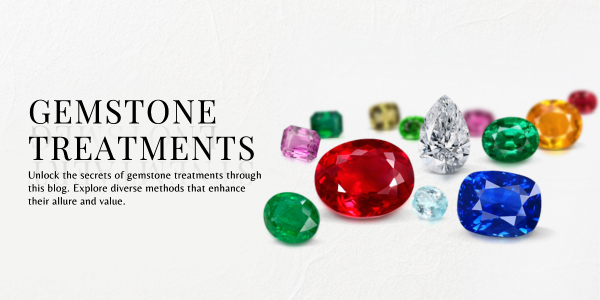
INTRODUCTION TO GEMSTONE TREATMENTS
Gemstones, those captivating fragments of nature's artistry, have intrigued and enchanted humans for ages. These exquisite treasures of the Earth possess a magical allure, reflecting the very depths of the planet's history within their sparkling depths. But what if we told you that not all gemstones are as they appear? Enter the intriguing world of gemstone treatments, where science and art converge to enhance and transform these natural wonders, creating a symphony of colors and brilliance that captivates the eye. In this blog, we will take you on a fascinating journey through the realm of gemstone treatments, exploring the different types, and their applications on various gemstones.
Read more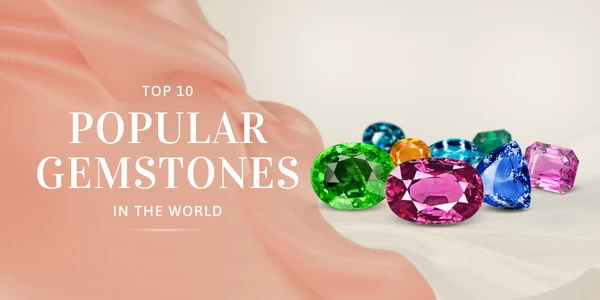
10 MOST POPULAR GEMSTONES
Gemstones have been coveted for their beauty and rarity for centuries. From their use in jewelry to their historical significance, these precious stones continue to hold a special place in our hearts and minds. However, some gemstones are rarer and more valuable than others, with prices reaching millions of dollars. In this blog post, we'll explore the top 10 most valuable and expensive gemstones in the world, from diamonds to rubies and beyond. Get ready to be dazzled by the sheer brilliance and rarity of these incredible treasures.
Read more










Comments (0)